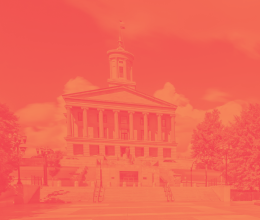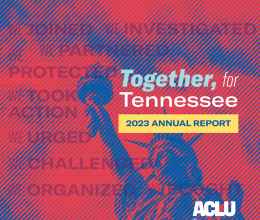
Redistricting FAQ – Things to Know and Ask
Redistricting plays a vital role in our communities and affects the daily lives of all Tennesseans. The drawing of district lines can dictate not only who runs for public office and who is elected, but also how financial resources are allocated for schools, hospitals, roads and more.
The representatives who are elected have the power to make decisions that greatly impact the communities they represent, from ensuring safe schools to adopting racial justice policies.
The people who live in a district can influence whether elected officials feel obligated to respond to a particular community’s needs. Fair and equal representation is the cornerstone of American democracy.

